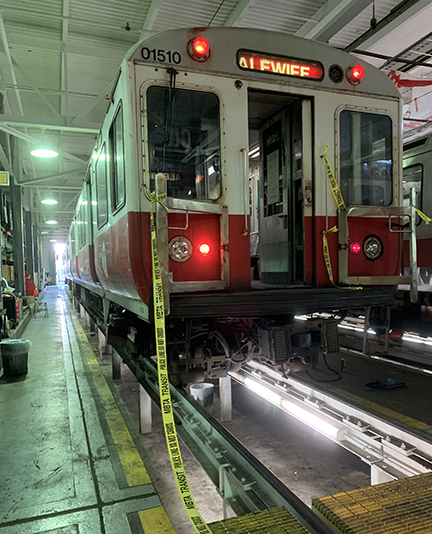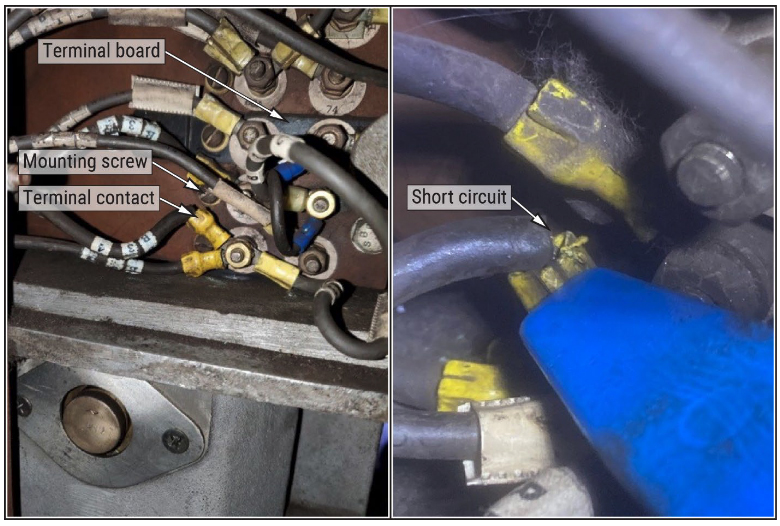
WASHINGTON — A short circuit in a system designed to keep a train from operating when a door is open or obstructed is the probable cause of the 2022 death of a Massachusetts Bay Transportation Authority passenger, the National Transportation Safety Board said in a report released Tuesday.

The passenger, 39-year-old Robinson Lalin, was caught in the doorway of an MBTA Red Line train as he attempted to exit the train at the Broadway station on April 10, 2022. With his arm caught, Lalin attempted to run alongside the train until he was dragged into a wall at the end of the station platform . The preliminary NTSB report indicated he was dragged 105 feet [see “NTSB report: Door-system failure led to death …,” Trains News Wire, May 3, 2022].
NTSB investigators also found issues with the operator’s departure procedures and a station video monitor for train operators at the time of the accident.
The fatality was one of several incidents that led the Federal Transit Administration to audit MBTA practices, which in turn led to a series of special safety directives issues last June [see “Federal directives order MBTA to address safety issues,” News Wire, June 15, 2022].

The NTSB had previously identified the failure of door interlock system as having led to the fatality. The final report details the failure of that system, which is supposed to prevent the train from moving when the door is not closed. Tests by investigators determined a short circuit existed in the electromechanical contact connections, allowing the train to run even if a door was not closed Further examination found wire strands protruding from a contact for the Cineston master controller and touching a mounting screw, completing the short circuit.
Investigators also found that a video camera view provided on a monitor for train operators included a 19-foot blind spot that would have included the door used by the passenger at the time of the accident, as well as the light on the railcar showing whether the door was open or closed. There was no line-of-sight obstruction from the operator’s window, however, and the investigation determined the train operator had pulled her head back into the operating cab before the lights that indicate open doors had turned off, contrary to MBTA procedures.
In the wake of the accident, the MBTA updated its procedures for door obstruction testing and tested its entire Red Line fleet to determine no similar issue existed as in the car involved in the accident. It also modified the Cineston terminal boards to prevent a short circuit. The agency also checks the video monitors provided for train operators at stations twice daily to ensure they are functioning and clear, and reviewed the placement and alignment of cameras for those monitors.














Maybe a conductor or guard could have prevented this incident occurring.